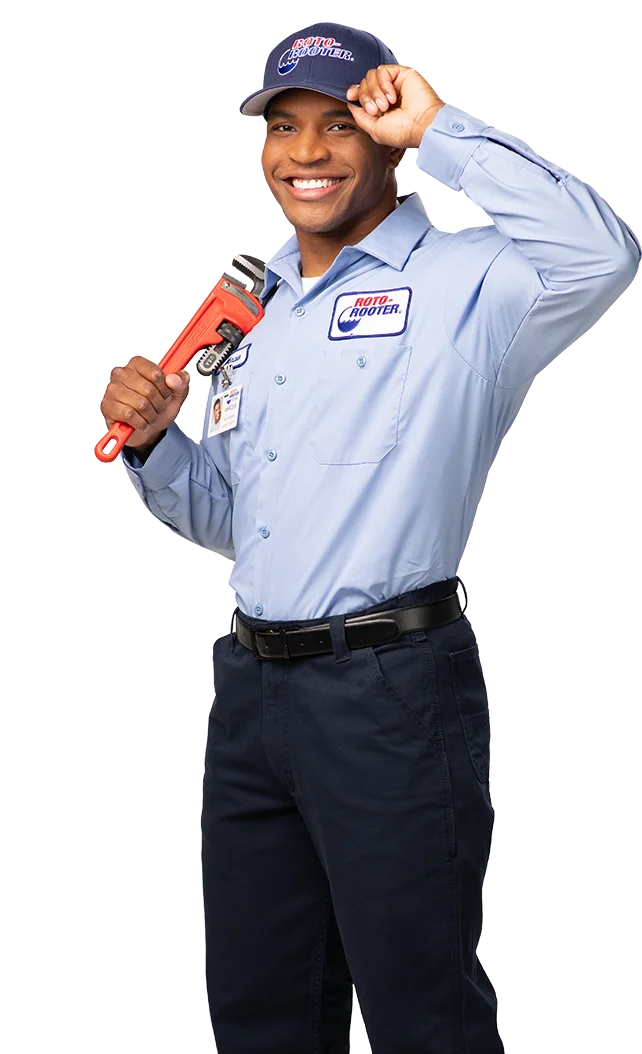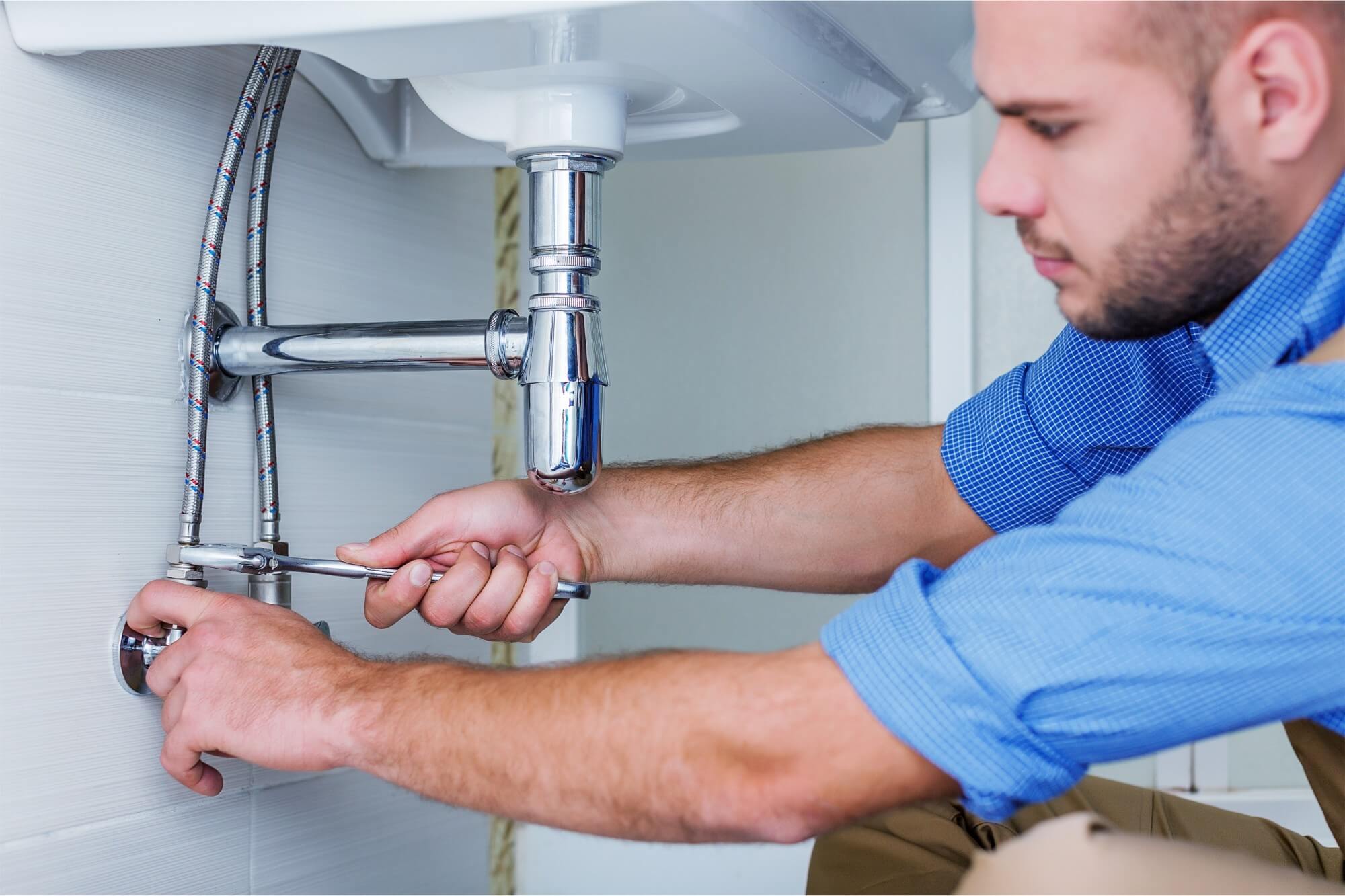How to Spot a Failing Water Heater Before It Breaks, According to a Plumber
How to Spot a Failing Water Heater Before It Breaks, According to a Plumber
Blog Article
Typical Pipes Issues Every Homeowner Must Recognize
House owners typically come across a variety of pipes issues that can interfere with life. Common problems include dripping faucets, stopped up drains pipes, and running toilets. These concerns usually come from worn-out parts or particles build-up. Furthermore, reduced water pressure and ruptured pipelines can signal much deeper troubles. Recognizing these obstacles is vital for reliable upkeep. There are various other much less apparent concerns that can develop, which require closer exam.
Dripping Faucets
Leaking faucets can be a discouraging annoyance for property owners. These consistent leaks not only create a bothersome noise however also cause drainage and raised energy costs. A leaking faucet frequently results from worn-out washing machines, O-rings, or seals, which wear away gradually due to routine usage and exposure to water. In some cases, the tap's internal elements might be worn away or damaged, necessitating a much more considerable fixing or replacement. Identifying the source of the leakage is essential; property owners might need to disassemble the tap to examine its components carefully. Normal maintenance can aid stop leakages, including cleaning aerators and looking for signs of wear. Addressing a dripping tap without delay can save water and minimize prices, making it a manageable yet important job for homeowners to tackle in preserving their plumbing systems successfully. Appropriate focus to this common issue can cause a much more comfortable living atmosphere.
Obstructed Drains
Numerous property owners experience the frustration of clogged up drains pipes eventually. This usual plumbing problem can develop from numerous reasons, including the buildup of hair, soap deposit, food fragments, and grease. These materials can create obstructions that impede the flow of water, bring about slow down drain or total stoppage.In kitchen areas, grease and food scraps are often the perpetrators, while bathrooms regularly endure from hair and soap buildup. Normal upkeep, such as utilizing drainpipe strainers and staying clear of putting fats down the sink, can assist protect against clogs.When a clog does take place, homeowners may attempt to make use of a plunger or a business drain cleaner as initial solutions. However, consistent concerns might need professional help to avoid damage to pipes - Plumbing. Understanding the reasons and avoidance techniques for clogged drains pipes can conserve property owners money and time, making sure a smoother plumbing experience

Running Commodes
Running toilets are a common problem that can come from numerous causes, including defective flappers and chain issues. The constant running not only wastes water yet likewise brings about increased energy expenses. Dealing with these problems immediately can prevent more difficulties and bring back performance to the plumbing system.
Root Causes Of Running Commodes
A relentless flow of water from a toilet can be both irritating and inefficient, commonly signaling underlying issues within the pipes system. One usual reason is a worn flapper valve, which might not create an appropriate seal, allowing water to continuously leak right into the dish. Furthermore, a malfunctioning fill shutoff can bring about excessive water circulation, adding to the trouble. Misaligned float systems may likewise trigger the bathroom to run as they fail to control the water degree appropriately. Another potential problem is mineral accumulation, which can block components and prevent their capability. Recognizing these causes quickly can help property owners resolve the trouble before it escalates, ensuring efficient operation of their plumbing system.
Consequences of Constant Operating
Although typically forgotten, the effects of a continually running toilet can greatly affect both water use and house expenditures. A running toilet can lose approximately 200 gallons of water daily, bring about raised water bills and unnecessary resource intake. This excessive water usage not only stresses the household budget but additionally adds to ecological worries, specifically in areas dealing with water scarcities. Additionally, the constant sound of running water can be a resource of inconvenience, disrupting the harmony of the home - Plumbers Near Me. Long term issues might lead to more significant plumbing troubles if left unaddressed, resulting in more financial burdens. Homeowners ought to recognize the relevance of prompt repairs to minimize these unfavorable results and maintain an effective pipes system
Dealing With Running Bathroom Issues
Commodes that continuously run can be an aggravating issue for house owners, however determining the reason is the very first step towards an efficient fix. Common reasons consist of a faulty flapper, which may not create an appropriate seal, permitting water to escape right into the bowl. Homeowners must examine the flapper for wear and change it if essential. Furthermore, the fill valve might be malfunctioning, triggering excess water to flow continuously. Changing this element or adjusting might settle the problem. Another prospective culprit is a misaligned float, which can be gotten used to the proper elevation. Normal upkeep and timely fixings can protect against running commodes, making certain both water conservation and expense savings on energy bills.
Low Tide Pressure
Low tide stress can be a discouraging experience for homeowners, typically manifesting as a weak stream from showerheads and taps. This issue can originate from various causes, including sediment buildup in pipes, corroded pipes, or concerns with the municipal water supply. Homeowners may originally discover low tide stress in certain locations of the home, however it can rise to a more widespread trouble otherwise dealt with promptly.In some instances, malfunctioning stress regulatory authorities can likewise be in charge of inadequate water circulation. Routine maintenance, such as purging check my source the hot water heater and looking for obstructions, can help alleviate these concerns. It may be required to get in touch with a specialist plumber to diagnose and settle the underlying cause if low water pressure lingers. Determining the source of low tide pressure is crucial for bring back appropriate water circulation and guaranteeing a useful plumbing system.
Burst Pipes
Burst pipes can be a significant pipes concern, frequently resulting from the exact same aspects that add to low tide pressure, such as temperature level fluctuations and maturing facilities. When water freezes within pipes, it expands, enhancing stress till the pipeline can no longer contain it, resulting in a tear. Furthermore, rust from long term direct exposure to water can weaken pipelines, making them susceptible to breaking under normal pressure.Homeowners might see signs of a burst pipeline with sudden water leakages, damp areas on wall surfaces or ceilings, and an unanticipated increase in their water expense. Immediate activity is necessary; failing to resolve a ruptured pipe can result in comprehensive water damage, mold and mildew growth, and pricey repairs. Normal examinations and upkeep of pipes systems can assist prevent this problem. Shielding pipelines in cooler locations and changing old piping can greatly minimize the danger of ruptured pipelines, securing the home's plumbing integrity.
Hot Water Heater Issues
Exactly how can house owners identify water heating unit issues before they escalate? Normal assessment and upkeep can aid detect prospective issues early. Home owners ought to search for indicators such as inconsistent water temperature level, uncommon sounds, or a decline in hot water supply. Leakages or puddles around the unit might suggest a breakdown that calls for instant interest. The look of rust or debris accumulation can additionally indicate the demand for maintenance.Additionally, property owners ought to keep track of the age of their water heating system; most units have a life-span of 8 to 12 years. It may be time to mirror on substitute if the heater is approaching this age and showing indicators of wear. Normal flushing of the tank can stop debris buildup, prolonging the device's life. By remaining watchful and attending to concerns quickly, home owners can avoid expensive fixings and ensure their water heating unit operates successfully for several years ahead.
Sewage System Line Issues
Numerous house owners might come across drain line troubles at some factor, influencing their pipes system's overall capability. Usual problems include blockages, tree root intrusions, and pipeline damages. Clogs usually arise from the accumulation of oil, hair, and international things that obstruct the circulation of wastewater. Tree origins can infiltrate sewer lines, causing leaks and fractures. Furthermore, maturing pipelines might damage or wear away, causing further problems (Plumbers Near Me). Signs of drain line problem include slow-moving drains pipes, undesirable smells, and sewage back-ups, which can posture health and wellness dangers. Property owners ought to deal with these troubles without delay to stay clear of substantial damage and costly repairs. Routine maintenance, such as scheduled evaluations and cleansing, can assist prevent considerable problems. In extreme instances, expert treatment might be required to fix or replace damaged sections of the sewer line. Knowing these potential issues can next aid property owners take positive steps to maintain their plumbing systems efficiently
Regularly Asked Concerns
How Can I Prevent Plumbing Problems in My Home?
To prevent pipes problems, regular maintenance is vital. Property owners ought to examine pipes for leakages, clean drains pipes, and monitor water stress. In addition, educating themselves about appropriate usage can significantly lower the danger of future plumbing concerns.
When Should I Call a Plumbing As Opposed To Repairing It Myself?
When to call a plumber commonly depends on the seriousness of the concern, determining. Substantial leaks, persistent blockages, or unknown issues call for expert assistance, ensuring security and stopping further damage instead than running the risk of individual efforts at repair.
What Are the Indications of Hidden Pipes Leaks?
Indications of surprise plumbing leaks consist of inexplicable water expenses, damp spots on ceilings or wall surfaces, mold growth, and a stuffy odor. These signs usually recommend underlying issues that require specialist analysis and repair for resolution.
Just how Frequently Should I Have My Pipes Examined?
Normal plumbing assessments are suggested each to two years. This regularity assists recognize possible concerns early, guaranteeing the system stays reliable and lowering the danger of costly repairs or unexpected emergencies in the future.
Are There DIY Solutions for Minor Plumbing Issues?

Report this page